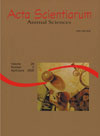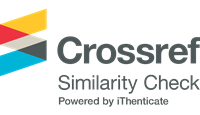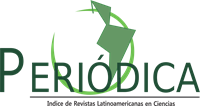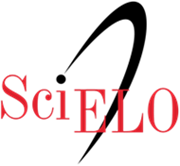<b>Performance and carcass characteristics of dairy crossbreds bulls in grazing, restricted or “ad libitum”, during rainy season</b> - DOI: 10.4025/actascianimsci.v28i2.655
Abstract
The aim of this work was to evaluate the performance and carcass characteristic of crossbred bulls (5/8 holstein/zebu) in grazing of “Brachiaria decumbens” with restrict access or "ad libitum". 16 animals with an average of age and live weight of 10 months and 180kg respectively were used. The animals were assigned in a randomized block design, according to the following treatments: “ad libitium” grazing (AG) and restricted grazing (RG) (4 hours/day). The experimental period lasted 114 days. There were statistical differences between the treatments (p < 0.05) on final live weight (FLW): 229.83 and 207.42 kg for unlimited grazing and restricted grazing, respectively, as well as for average daily gain (ADG): 0.618 and 0.230 kg. There were also statistical differences between the treatments (p < 0.05) to final empty body weight, daily empty body weight gain, hot and cold carcass weight, cold carcass yield (CCY/FLW) and loin eye area according to the two methods used. The performance of the animals in restricted grazing had satisfactory results to the rainy season in pasture of Brachiaria decumbens. The methods to determine the loin eye area did not differ. However, the "plastic grid" is more recommended.Downloads
Download data is not yet available.
Published
2008-02-15
How to Cite
Melo, W. S. de, Véras, A. S. C., Ferreira, M. de A., Junior, W. M. D., Andrade, D. K. B. de, & Pereira, K. P. (2008). <b>Performance and carcass characteristics of dairy crossbreds bulls in grazing, restricted or “ad libitum”, during rainy season</b> - DOI: 10.4025/actascianimsci.v28i2.655. Acta Scientiarum. Animal Sciences, 28(2), 223-230. https://doi.org/10.4025/actascianimsci.v28i2.655
Issue
Section
Ruminant Nutrition
DECLARATION OF ORIGINALITY AND COPYRIGHTS
- I Declare that current article is original and has not been submitted for publication, in part or in whole, to any other national or international journal.
The copyrights belong exclusively to the authors. Published content is licensed under Creative Commons Attribution 4.0 (CC BY 4.0) guidelines, which allows sharing (copy and distribution of the material in any medium or format) and adaptation (remix, transform, and build upon the material) for any purpose, even commercially, under the terms of attribution.
Read this link for further information on how to use CC BY 4.0 properly.
0.9
2019CiteScore
29th percentile
Powered by 








































